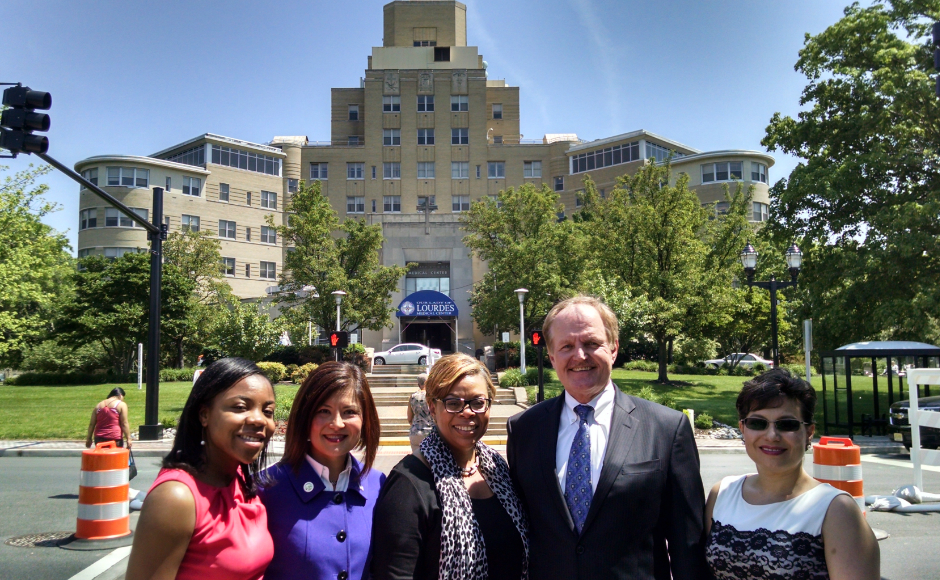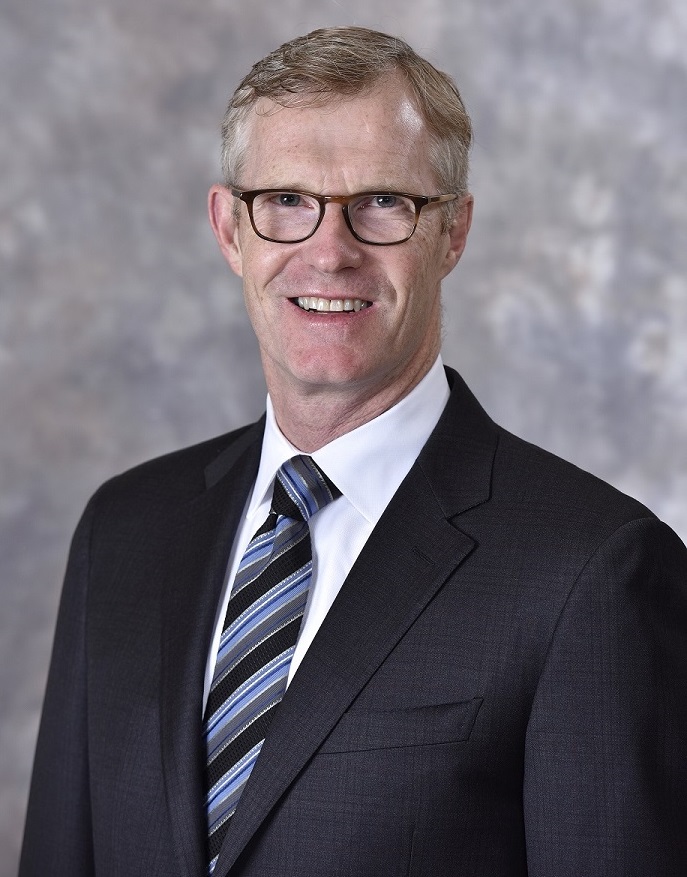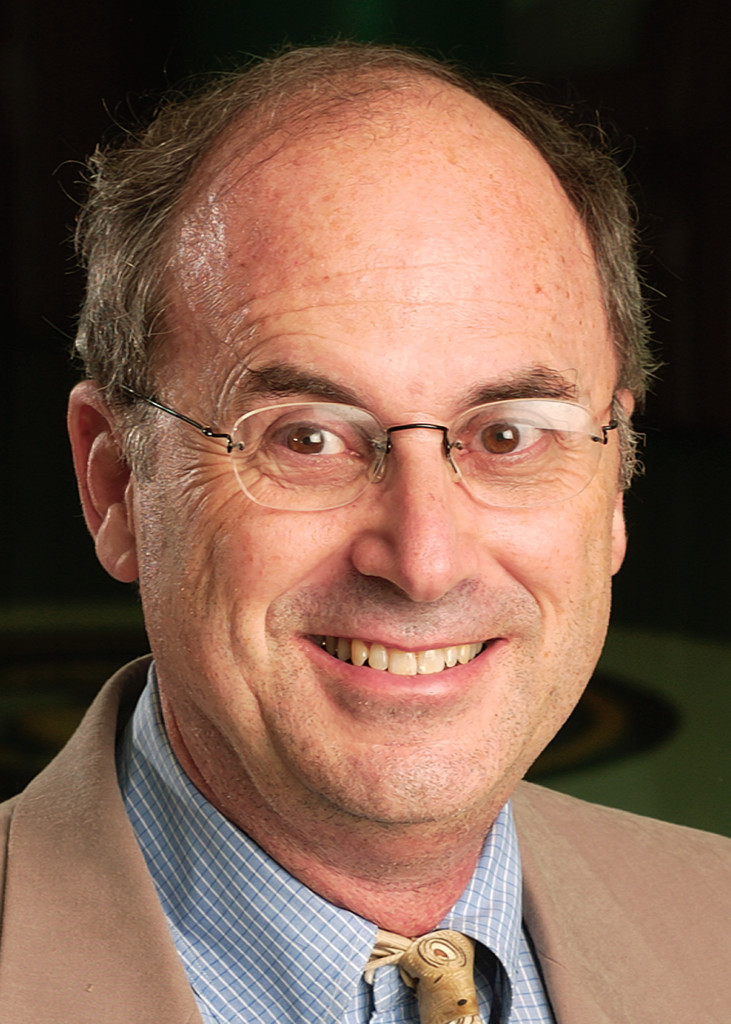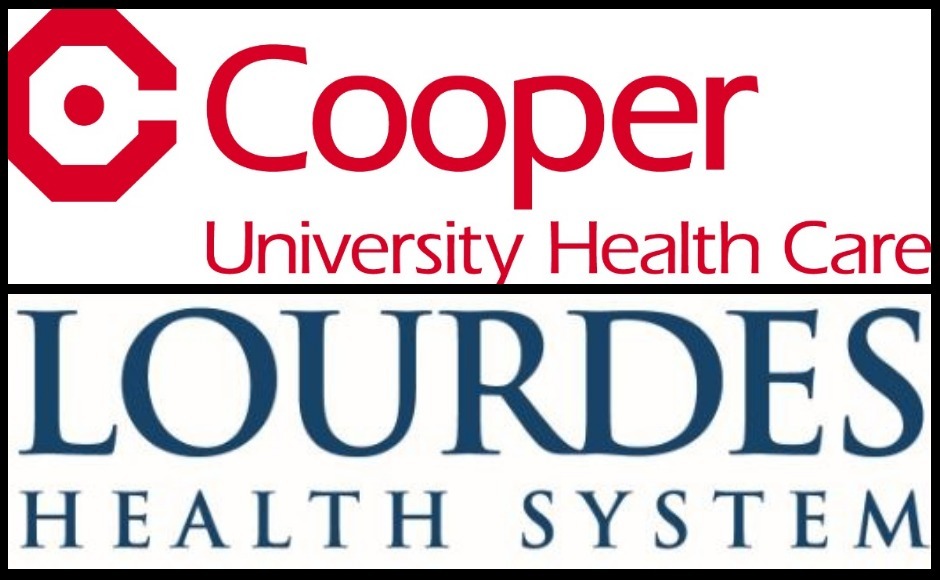If it passes FTC review, the merged entity would become a 12,000-employee health system with combined revenues of more than $2 billion and a potential patient pool of 2.1 million people.
By Matt Skoufalos | August 31, 2017
In what would be a merger of the two biggest hospital groups in Camden City, Cooper University Health Care announced its intention to purchase the Lourdes Health System from Trinity Health, the Michigan-based parent company of Our Lady of Lourdes Medical Center in Camden, Lourdes Medical Center of Burlington, and St. Francis Medical Center in Trenton.
If it meets with regulatory approval, Cooper claims the deal would create the largest health system in South Jersey and the fourth-largest in the state: a $2-billion entity with a staff of 12,000 and a potential patient pool of 2.1 million people across seven counties.
Cooper Chairman George Norcross said the deal would open up opportunities to drive value-based care and population health services throughout South and Central New Jersey.
“To our future colleagues at Lourdes and St. Francis, who share our long tradition of caring for underserved communities and providing innovative, quality health care to patients, we say, come grow with us, and we look forward to welcoming you to our Cooper family,” Norcross said in a statement.
“I am excited about our future together and our collective ability to serve residents across South and Central New Jersey, who will have greater access to convenient, quality health care without leaving the state.”
Lourdes Health System President Dr. Reginald Blaber told NJ Pen that both agencies see the proposed merger as an opportunity to focus on their respective specialties—cardiovascular disease at Lourdes, and cancer treatment through Cooper’s partnership with MD Anderson—in an integrated model.
“Lourdes has for 20 years been competing aggressively in the cardiovascular space with Cooper and others,” Blaber said.
“Now we have an opportunity to do something great together, pool our resources, and create a large system focused on becoming a regional center of cardiovascular excellence.”
Blaber echoed Norcross’ comments that combining the two entities could help Camden recapture patients that would otherwise head to Philadelphia for treatment while simultaneously increasing the quality of services both systems offer individually.
“We see an opportunity to obviate that need to go across the river,” he said. “Our market is not just a South Jersey market. Our healthcare market is the Delaware Valley.”
The two entities will hold exclusive talks over the next two months as they move towards a definitive agreement, which will then be subject to regulatory approvals at the state and federal levels of government. Blaber expects the process will take at least a year.
Within the city of Camden, the merger would have immediate local impacts as well. As the local government has spoken about the “Medical Mile” of Haddon Avenue that would unite the Lourdes and Cooper institutions and their surrounding neighborhoods with new infrastructure, the proposal would bring that vision closer to reality.
“Our neighborhood is being revitalized as we speak, with a great deal of building going up around us,” Blaber said.
“[Cooper] has revitalized their end of Camden; we can use this to revitalize the mile between us and Cooper.”
Cooper Vice-President for Communications Tom Rubino said the deal had been in the works “for many months,” but didn’t offer any insight as to its roots.
“It’s a good fit,” Rubino said. “We have a long way to go as we work through this definitive agreement.”
Once the formal documents are filed with the state, the Federal Trade Commission
(FTC) will have a 60-day window in order to investigate any antitrust issues related to the proposed merger.
Challenges from the agency have scuttled a pair of proposed mergers this year alone—those of Advocate Health Care Network and NorthShore University HealthSystem in Illinois and Penn State Hershey Medical Center/PinnacleHealth System in Pennsylvania—and so the proposal is far from a done deal, said University of California Hastings health law professor Tim Greaney.
A critical stumbling block will be whether the FTC determines if there’s significant overlap among the markets served by both the Cooper and Lourdes health systems according to legal guidelines used by the agency, Greaney said.
“It’s very tricky to say where a market begins and ends in Camden,” he said.
“There’s competition on the fringe in Cherry Hill or going over the river. These urban and ex-urban areas are hard to define.”
The FTC analysis will also review whether the merged entity would have significantly overlapping lines of service, or whether the insurers that reimburse the facilities for the care they provide would suffer the loss of competition.
“How do they react to the loss of one of their hospitals that they might otherwise bargain with, or use as a counter-force to the other hospital?” Greaney said.
“Does this merger make it harder for payers to bargain effectively or make it easier for the merged party to get a higher reimbursement rate?
“Every one of these [scuttled merger] cases has produced internal documents that say, ‘We’ll be able to raise our rates and we’ll be able to negotiate a better rate,’” he said. “When you have too few hospitals to bargain with, Medicaid is in the same boat as commercial insurance.”
Further complicating things, Greaney also pointed out that the since the last election, the FTC is still three commissioners short of its five-member board, and presently lacks an appointed chairman.
Healthcare mergers and consolidations remain a facet of the business at a national level, albeit one that is clouded by uncertainties around reimbursement rates from the Centers for Medicare and Medicaid Services (CMS), the future of the Affordable Care Act, and a need to drive greater economies of scale amid rising costs.
In South Jersey, the encroachment of Pennsylvania-based healthcare institutions—such as the affiliations of the Kennedy and Jefferson health systems and the further additions of Penn Medicine locations in Cherry Hill—provides additional local pressure, a fact alluded to in a statement provided by Trinity Health Executive Vice President Ben Carter.
“In today’s health care environment in New Jersey, continuing success for Lourdes and St. Francis depends on being part of a growing regional network with a broad presence in local communities,” Carter said.
“Cooper’s proven commitment to exemplary care, a community-based health focus and service to people who are poor gives us confidence that the mission and communities of Lourdes and St. Francis will remain in good hands as part of a system with these anchor institutions.”









